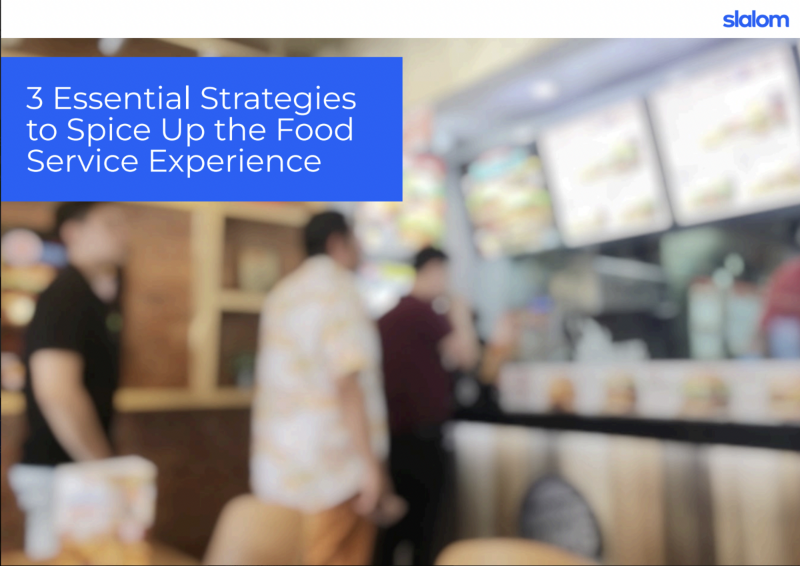3 Strategies For Enhancing Food Service Experience
Published on 11 Jun 2022

Covid has transformed the food service business in ways that no one could have predicted. The epidemic and quarantine's long-term repercussions have confronted food service companies and operators with unprecedented hurdles. In such circumstances, the only choice is to listen to the market and adjust.
New habits and expectations
Customers are increasingly connecting with food service businesses in a variety of ways. They have seen the ease and security of mobile ordering, contactless payment, and delivery services–all of which seem to be in great demand.
According to research, 87 percent of restaurant consumers want to continue buying meals as they do today even after the epidemic has passed.
Data and technology are no longer optional.
Before Covid, there were many new technologies and data practices that were interesting to investigate but not necessary for conducting business. Today, smart data collecting, data-streamlining technology, and collaborations with third-party delivery providers will determine whether businesses can survive and expand revenue in the years ahead.
Consumers are concerned about transparency and safety.
Consumer expectations and needs have shifted as a consequence of rising safety concerns, the convenience of ordering/obtaining items, and service automation. Recruiting and keeping personnel has also become a critical problem, prompting businesses to reconsider their operational strategy.
How Can Your Brand Lead In This New Era?
Moving ahead, QSRs must prioritize three areas for innovation and adaptation:
1. Improve consumer loyalty programs to encourage repeat purchases.
Consumers want more bang for their buck, and loyalty programs provide it. Furthermore, when loyalty programs are linked to mobile and internet apps, they better suit the demands of customers. They also give additional opportunities for engagement, a great customer experience, and data collection for future encounters. A powerful mobile application is essential in this case.
2. Modernize and simplify operational technology
The food service industry is more complicated than ever. Digital platforms for back-of-house, front-of-house, and consumer-facing operations are now the standard. To remain competitive, you must form alliances with delivery service providers. Then there are the systems required for administrative tasks. As a consequence of the epidemic, operators are now confronting a significant labor shortage. Customers are noticing variations in service, putting profitability and brand connections at risk. Pay raises are one of the most effective tactics for attracting fresh talent. However, this often necessitates rethinking procedures in order to minimize expenses.
3. Allow data to drive consumer interactions.
Food service companies have access to a wealth of data. Insights may be found via POS systems, loyalty programs, mobile applications, and websites. To remain competitive, food service companies must collect and analyze data in order to create customized client experiences and improve back-of-house efficiency that benefits guest service. For example, you may discover that cleanliness and food safety information is crucial to customers and staff. This may influence techniques for expressing these messages to consumers and demonstrate how seriously your company takes its issues.
Download Slalom's whitepaper to learn more about 3 Essential Strategies to Spice Up the Food Service Experience only on Whitepapers Online.
